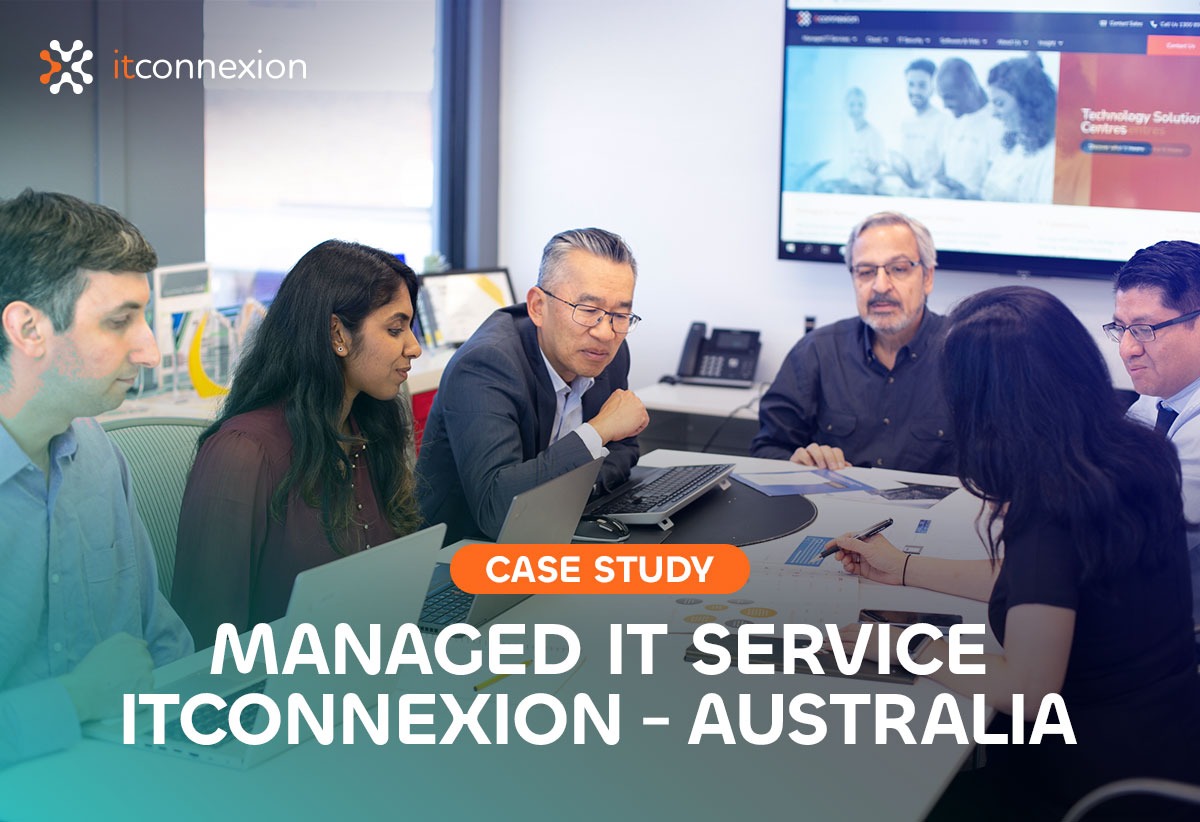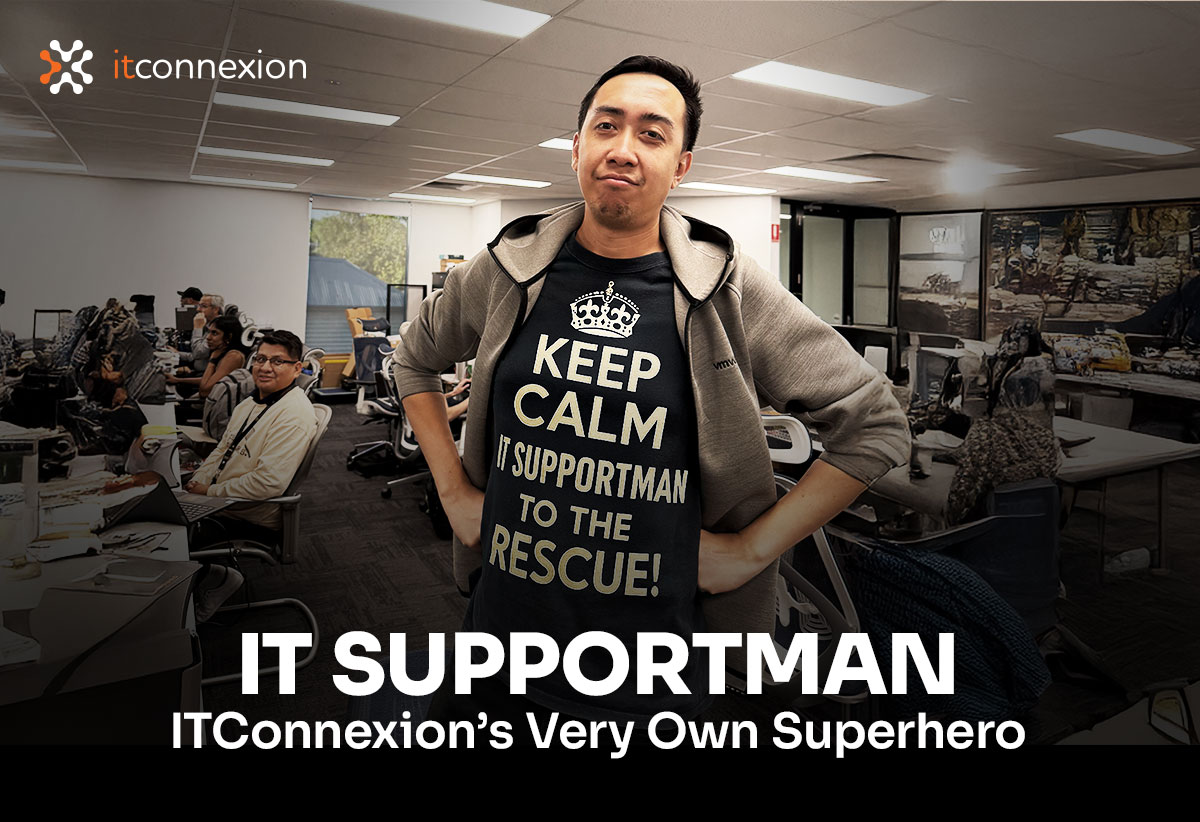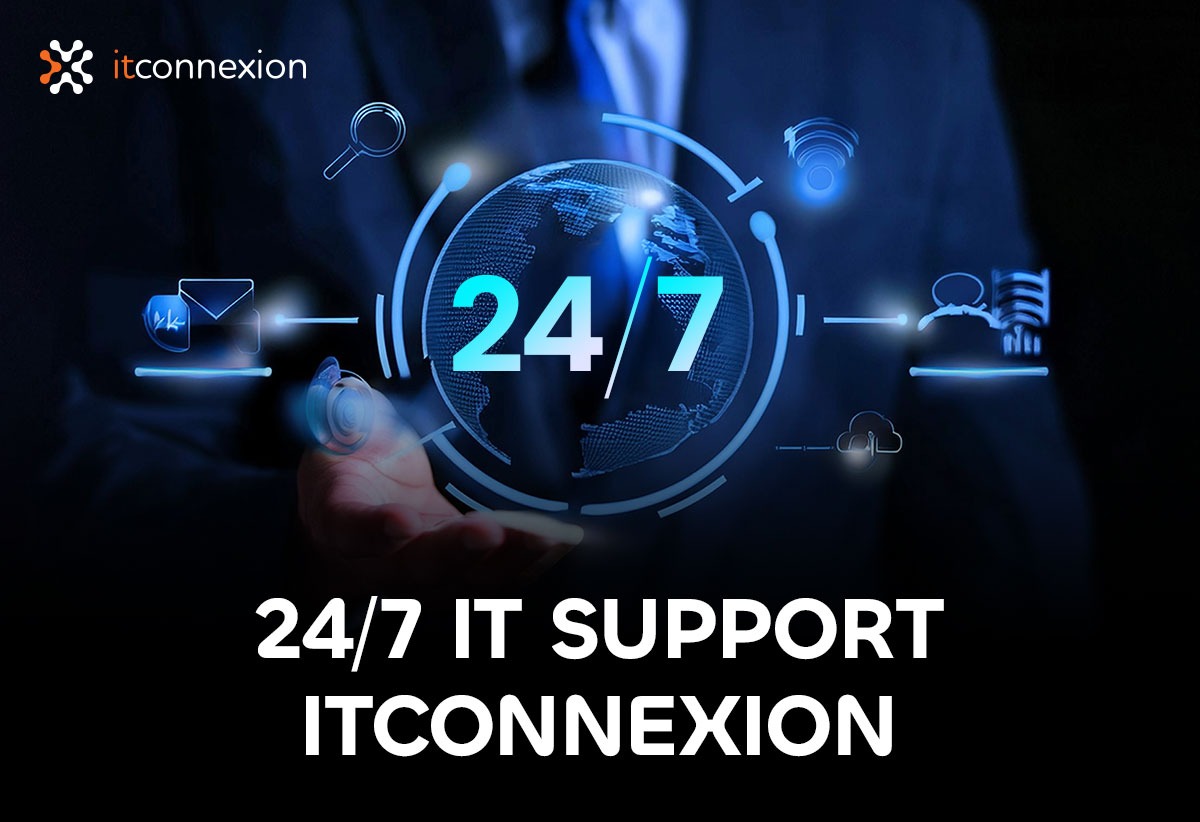Computer hardware and software were designed with an expiration date. With new technology being released every day, older systems become obsolete when they can’t handle the amount of data that needs to be processed, can’t support new applications, or fall out of warranty.
Many organisations fail to upgrade their end-of-life products, because it’s inconvenient and costly, however, ignoring the dangers of EOL software may actually end up costing them more money, time, and stress than if they had just replaced the software in the first place.
Using EOL software opens organisations up to a host of operating, security, and compliance problems. Here are a few risks:
Security issues
When software manufacturers release a new software version, they often stop performing system updates on older versions. This means that if malware is developed that poses risk to a legacy software program, the manufacturer won’t release a security fix to address it. Install-it-yourself antivirus programs can’t combat these advanced problems.
Studies show that security is the number one concern for CIOs. Security risks pose a threat to internal operations and customer data. Why would any company choose to run outdated software that exacerbates this risk?
Application Incompatibility
Applications are developed and updated to be compatible with the new operating systems of computers. That means when organisations use old computers with old operating systems, they can’t support the newest applications. Many times, these applications stop working when new versions are released, or they have poor reliability and load times.
Compliance Problems
Trusting a legacy operating system to keep your sensitive company and customer data safe is a big mistake. EOL software is more prone to security issues, and breaches could result in fines, shutdowns, and legal issues.
Higher Costs
Software manufacturers don’t release regular updates for EOL technology, so software updates and bug fixes can run a steep price tag. While maintaining a legacy system can be cheaper upfront, the maintenance costs add up.
Poor Performance
Old devices are more prone to breaking down, because they weren’t built with the same capabilities to handle certain data. On top of that, old devices are likely out of warranty, so if something goes wrong, organisations won’t be able to easily troubleshoot with the manufacturer.
The Solution
Organisations must keep a close eye on their software and hardware and know when it will reach EOL to avoid security and performance issues. The best way for organisations to gain a better understanding of their technology is to take inventory that includes every PC, Mac, Windows, Linux, or other devices.
During low traffic periods, organisations can take the opportunity to scan their network and get the right information about their devices. Information should include the operating system, warranty, reliability, and whether or not the technology is at risk of a virus.
While keeping EOL software around might seem like the best choice for organisations with already-established workflows, it ends up costing them in the long run. IT Connexion can help you upgrade your EOL software and find a better solution for your organisation. Contact us to learn more.





